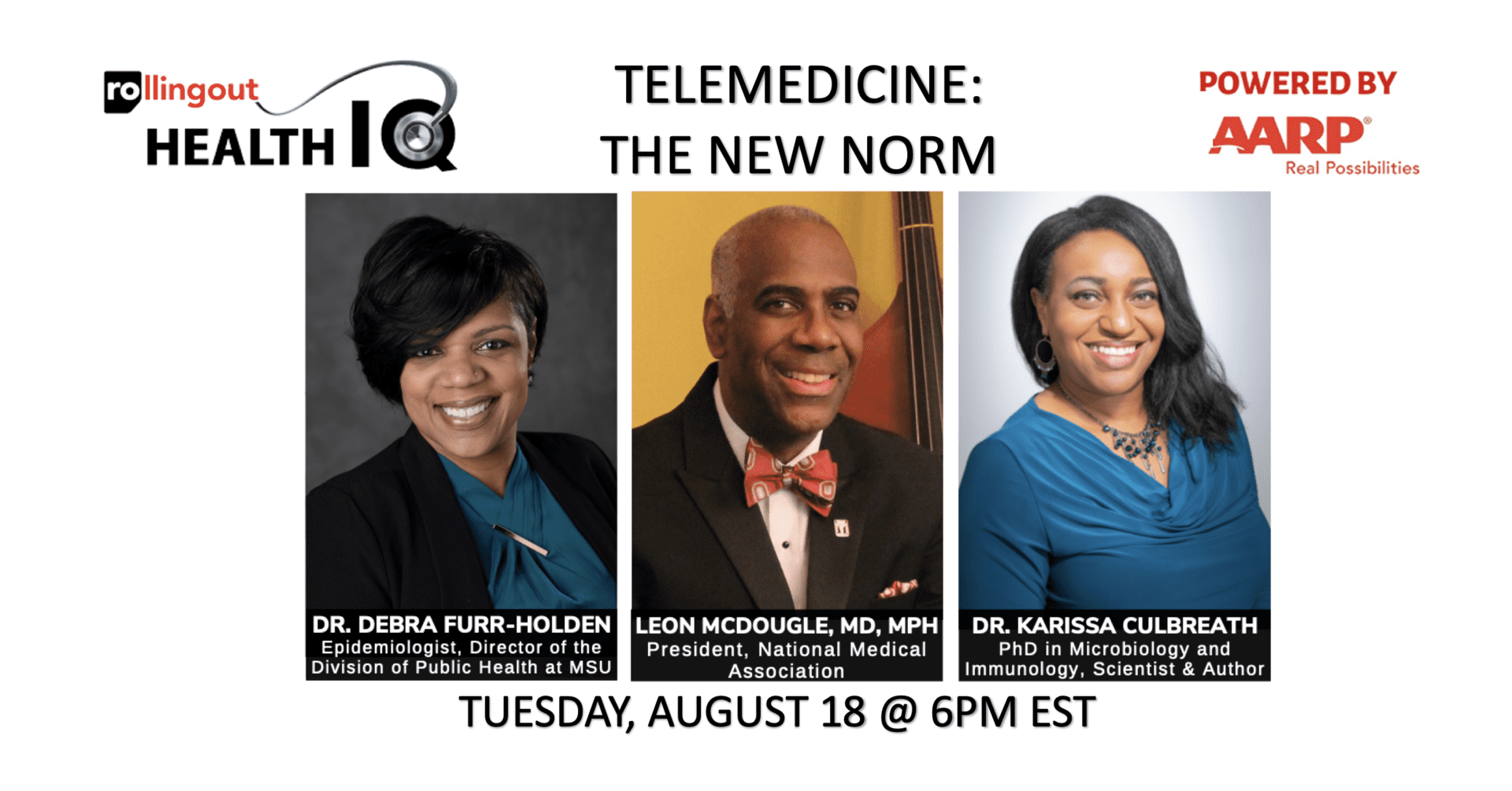
As the cold and flu season surges into full swing at the same time as a dramatic uptick in COVID-19 cases due to the highly transmittable Omicron variant, many people wonder how to tell the difference between the viruses which can share similar symptoms.
Likewise, California’s steep surge in Omicron and hospitalization rates have sparked concern among health officials, who urge the public to continue to practice safety basics to ward off COVID-19, colds and flu, and to help prevent overwhelming busy hospitals and healthcare workers.
Personal safety measures include frequent hand washing, wearing a well-fitting mask, getting tested and staying home when sick. The most important way to keep COVID-19 infections and hospitalizations down is by getting vaccinated and boosted, health experts say.
If you’re feeling sick, Dr. Jerry P. Abraham, director of Kedren Vaccines in South Los Angeles, shares ways to identify the different symptoms for the common cold, flu and COVID-19.
“Because they are all respiratory illnesses, it is important to pay attention to symptoms as many overlap,” he said. “With the common cold, you typically don’t have a fever unless you are severely sick. Overall, milder symptoms include a stuffy nose and sore throat.”
“Cough, fever, fatigue and muscle aches are common to both flu and COVID-19. Loss of smell is a classic indicator of having COVID-19 and is rarely seen with the common cold and flu,” Abraham said.
Whether it’s a cold, flu or COVID-19, health experts encourage people to stay home to slow the spread if they are experiencing symptoms. Testing is easier now that free COVID-19 tests are available from the federal government at www.covidtests.gov.
“Omicron is spreading faster than any other COVID-19 variant,” said Dr. Andrea Goings, operations medical director at Beaver Medical Group and director of practice management curriculum at UC Riverside Family Medicine Residency.
“This is particularly alarming for our community, as Blacks and African Americans in California remain the second-lowest group of those vaccinated (58.6 percent),” she said.
Getting vaccinated against both COVID-19 and the flu are especially critical this year — and it’s safe to get them at the same time, said Dr. Gates.
It might also be time to upgrade your mask to one with a good fit and filtration, such as a N95, KF94 or KN95.
“Masking helps stop the spread of COVID-19 as well as the common cold and flu, so it’s important for people to continue to mask up, regardless of vaccination status, to protect ourselves and those around us,” said Dr. Gates.
“If you’re not vaccinated, get your shot as soon as possible. If you are eligible, get boosted. It can help increase your immunity almost immediately. Now’s also the time for parents and guardians to help get their eligible youth vaccinated and boosted,” reminded Dr. Abraham.
Schedule a vaccination or booster appointment today at Myturn.ca.gov or by calling 833-422-4255.












